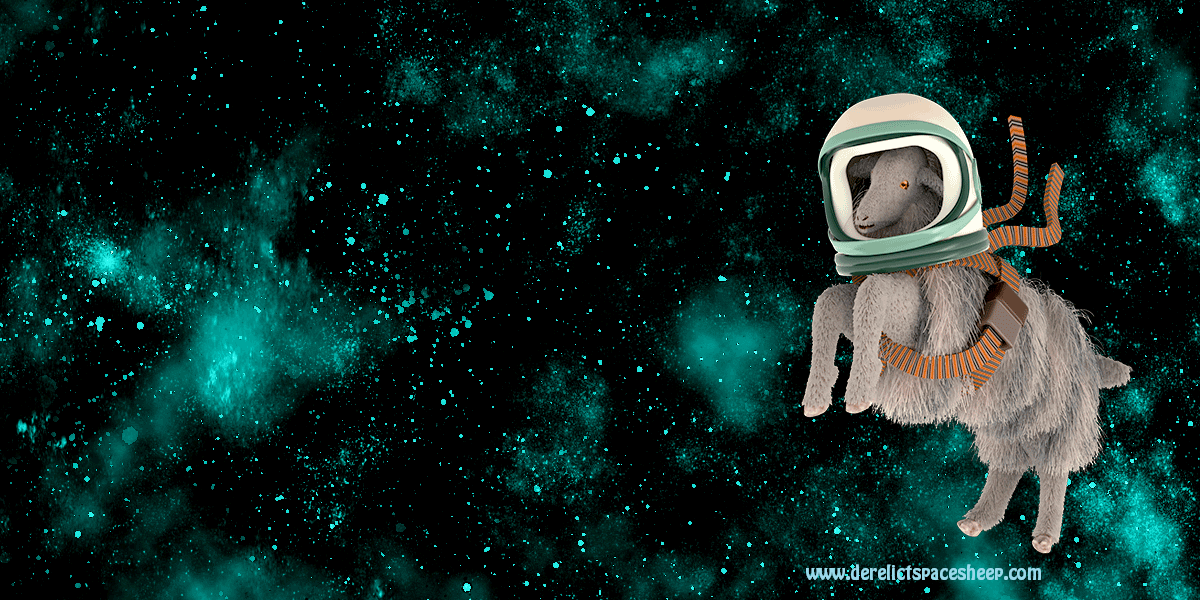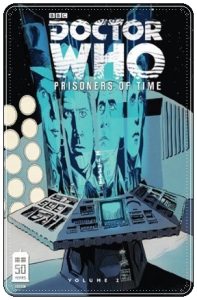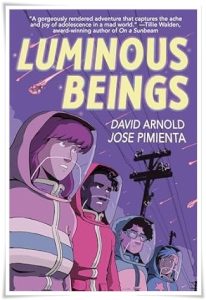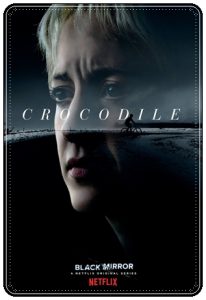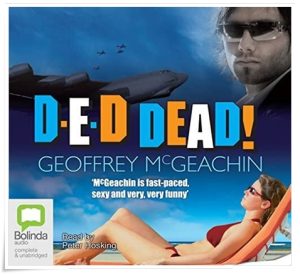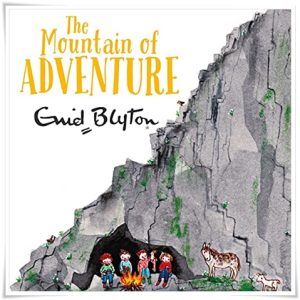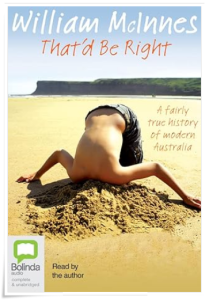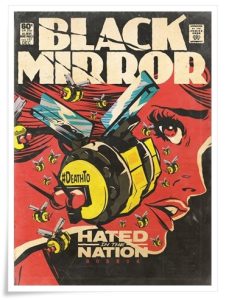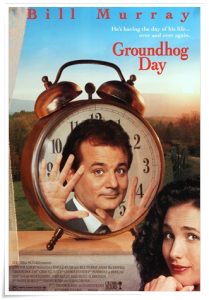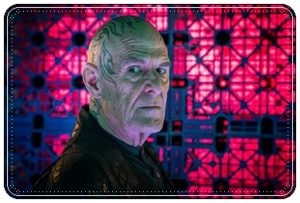Doctor Who: Prisoners of Time, Volume 2
by Scott & David Tipton
ill. Philip Bond, John Ridgway, Kev Hopgood, Roger Langridge (IDW, 2013)
One relatively perfunctory story each for the Fifth through Eighth Doctors, with dark-hued illustrations respectively cartoonish, deep-etched, gritty and caricatured. (The companions don’t come off at all well.) While contributing to a wider arc, this isn’t particularly edifying as a standalone volume.
